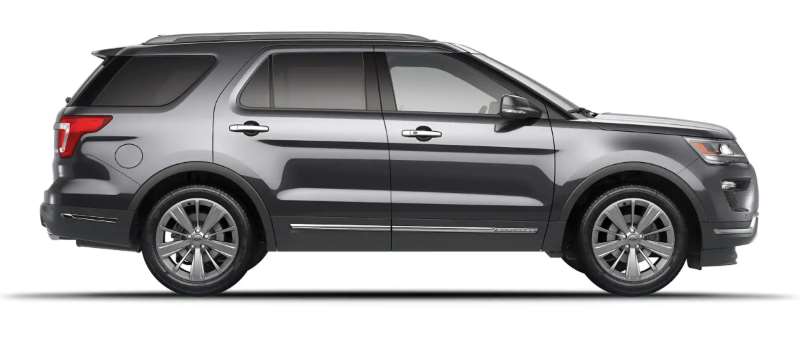Nope! Using cruise control can actually be good for your Ford Explorer, as long as you’re using it in the right way. We’ll break down when you should and shouldn’t use it along with how it might effect your car.
Does cruise control affect fuel efficiency in a Ford Explorer?
Cruise control can affect fuel efficiency, but the extent to which it does depends on various factors. Cruise control can help maintain a steady speed, which can improve fuel economy on flat road conditions that are free from traffic congestion. It can reduce unnecessary acceleration and deceleration, which can help save on gas. Using cruise control can also reduce wear and tear on the driveline.
In some cases, cruise control may be less fuel-efficient than a patient driver with a light throttle foot. It may not be able to maintain a constant speed on hilly or rocky terrain, which could decrease fuel efficiency.
Using Cruise Control In Hilly Or Mountainous Terrain
Using cruise control in hilly or mountainous terrain can be dangerous and is not recommended by most car experts and manufacturers. Here are some reasons why:
- Cruise control systems are designed to add power gradually, so as not to cause an oscillation in the vehicle’s speed.
- When driving on hills, it is best to control your speed using the accelerator and brake, as cruise control may not be able to maintain a constant speed and may cause your Ford Explorer to speed up or slow down unexpectedly.
- Using cruise control while driving through hilly terrain could cause the system to force multiple transmission shifts, which could lead to overheating of the transmission fluid and premature component wear.
- Relying on cruise control when going downhill or approaching curves can be dangerous, as the driver could lose control of the vehicle entirely.
It is best to control your speed using the accelerator and brake to maintain a safe and constant speed.
Using Cruise Control In Heavy Traffic
It is generally not safe to use cruise control in heavy traffic.
- Cruise control can lull drivers into a false sense of security, which can lead to poor decision-making and accidents.
- Cruise control cannot drive the car and cannot react to sudden changes in traffic conditions.
- Heavy traffic often requires frequent stops and starts, which can make it difficult for cruise control to maintain a constant speed.
- Using cruise control in heavy traffic can also increase the risk of accidents, as it may not be able to react to sudden changes in traffic conditions.
Using Cruise Control In Bad Weather
Typically, you shouldn’t use cruise control in adverse weather conditions, such as rain, snow, hail, sleet, or ice.
- Using cruise control in adverse weather conditions can affect the system’s ability to maintain a constant vehicle speed, which can be dangerous.
- Cruise control may not be able to react to sudden changes in weather conditions, such as slippery roads or standing water.
- Using cruise control in adverse weather conditions can increase the risk of hydroplaning, which can cause the vehicle to lose traction and control.

